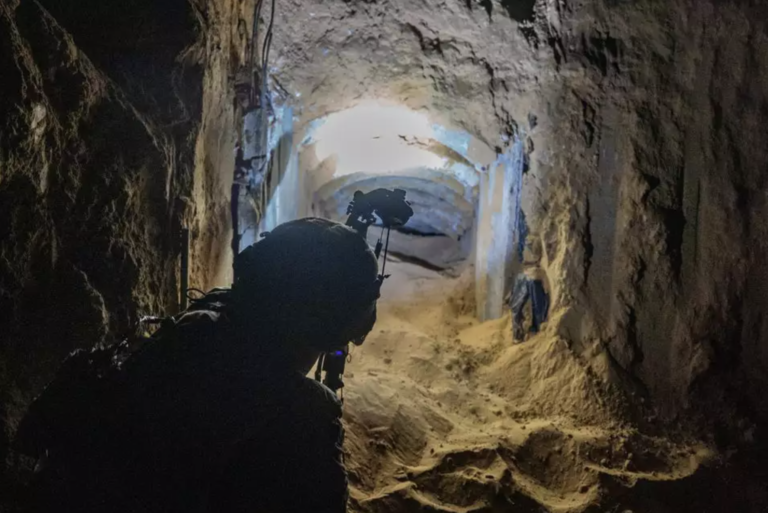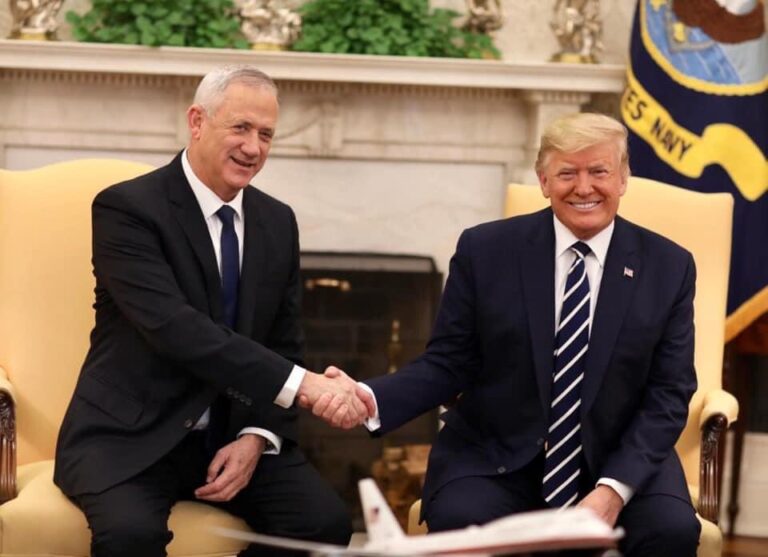Much of the talk about Gaza today focuses on two binary options: either a temporary ceasefire deal, or full-on occupation of the strip. But, as I explained in my Shabbat column in Israel Hayom, an excerpt of which is below, it’s worth dropping the binary thinking, because this time, it may well be something else entirely. You can read the article on Israel Hayom’s website here.
***
From the Ali Muntar ridge, the challenge is clearer than ever: Shuja’iyya, at the foot of the ridge, is a giant heap of demolished buildings dotted with trash. A bit farther on, in the Zeitoun neighborhood, there’s a cluster of buildings still standing, but the vast majority are unfit for habitation. On the horizon lies central Gaza, where most of the buildings are intact and populated — and beyond that, the sea.
After Operation Protective Edge in 2014, trying to justify why Hamas had not been decisively defeated, then-Defense Minister Moshe Ya’alon said: “A battalion entered a high-rise, and it was as if it had never been there.” Today, however, Gaza has high-rises in abundance, far more than one might expect after two years of war.
The reservists have already been called up, the chief of staff talks about decisive victory, the cabinet announces there will be no halt — yet the timeline makes little sense.
On the one hand, Ron Dermer and Benjamin Netanyahu argued that a 60-day deal must be avoided, because afterwards there would no longer be legitimacy to keep going, even from Donald Trump. On the other hand, clearing Gaza City, the strip’s capital — above ground and below — will take months, just as it did in Rafah and Khan Younis. And we haven’t even mentioned “Gideon’s Chariots C,” namely the clearing of the central camps.
How does that square? Well, it doesn’t. That is one reason it’s worth dropping the binary thinking of either/or: either a temporary deal or full-on occupation. Indeed, this time, it may well be something else entirely. Operationally — and within the limits of censorship — the nature of this military action is meant to differ from the first stage. An IDF document released this week even stated that the army had ignored the “international timetable.”
What is supposed to make this time different is that politically — and this is key — a new American-backed diplomatic plan is quietly simmering. The hope is that subduing Gaza City, combined with a final political move alongside the moderate Sunni states, will bring the war to an end.
Trump’s plans resemble Apple products: iPhones are manufactured in China, then shipped to the United States where they’re packaged and labeled “Designed by Apple in California.” American proposals — from the “Deal of the Century,” to emigration from Gaza, to “the day after” — were all conceived in Jerusalem. The same applies to what is now being prepared, through Dermer’s shuttle trips between Abu Dhabi, Washington, and everywhere in between.









